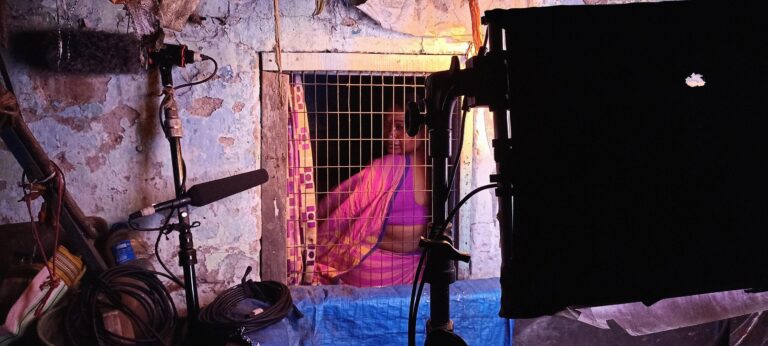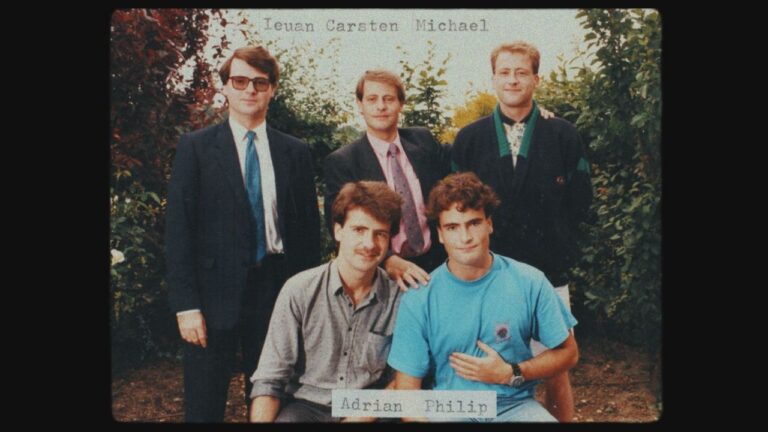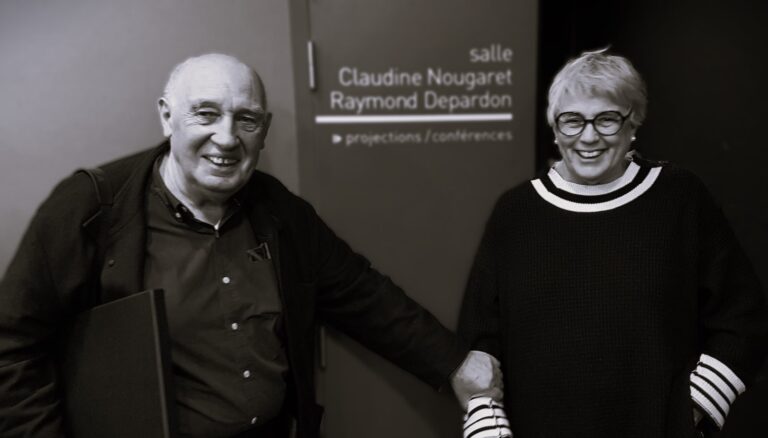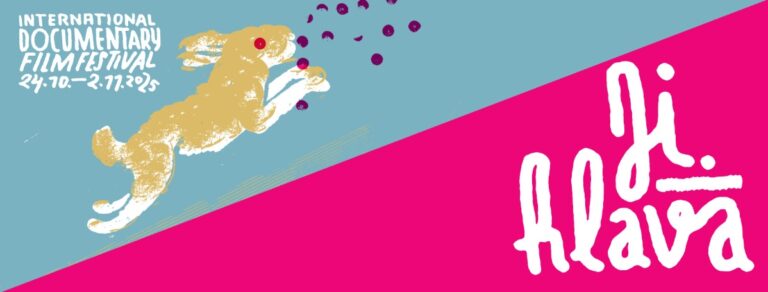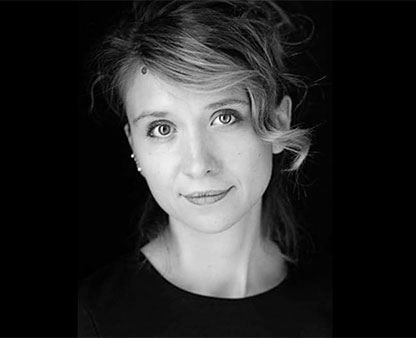
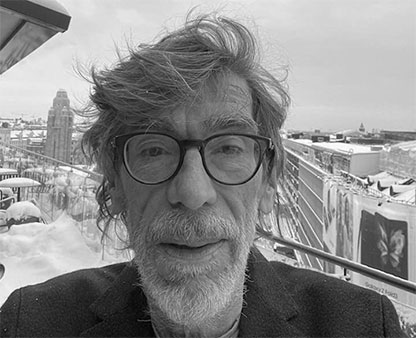

Miguel Eek: Amílcar

Let me start with a banality about the genre: you can learn from watching documentaries. This is the case for this film, and it is indeed a Film, about Amílcar Cabral, the revolutionary behind the fight for independence of Cap Verde and Guinea Bissau from the colonising dictatorship of Portugal. He did not experience the independence himself – he was assassinated in1973 after the long war between Portugal and African Party for the Independence of Guinea and Cape Verde (PAIGC) that he founded. The film shows that leaders like Ceaucescu and Fidel Castro were supporting the fight for independence. All these facts are in the film but after watching it I went to online sources to know more. I am sure the director will forgive me, it is in a way a compliment to him and his very personal film that has its focus on Amílcar Cabral as an agronomist, intellectual, father.
The film is based on letters, he wrote to his wives, Lena and Ana, full of love they are, he is longing to see them again in his loneliness with his soldiers and with his diplomacy. When it comes to the visual side, archive is there with Amílcar, footage from the guerilla war, but it is a film that plays with/interprets the mood of the letters – flowers, animals, beautiful faces of young women, who are taught how to handle a (machine) gun; Faces that also show fear. There is no romantic “revolutionary” touch in the film, on the contrary I sense that this is a film that through the vision of Cabral communicates an appeal to humanity.
It is a coup that the director has chosen to shoot on 16mm in a kind of staccato rhythm, to mingle his material with the archive, in the (as usual with publicist Dimitra Kouzi) excellent press material, the director says, he wanted the two sources, archive and is shots, to be blurred. It worked for me.
An appeal to humanity? We need that. A historical film that has actuality, not bad…
The film is in the Envision Competition at IDFA, several screenings are still coming up.
Spain, France, Sweden, Cap Verde, 2025, 88 mins.
❤️ ❤️ ❤️ ❤️
